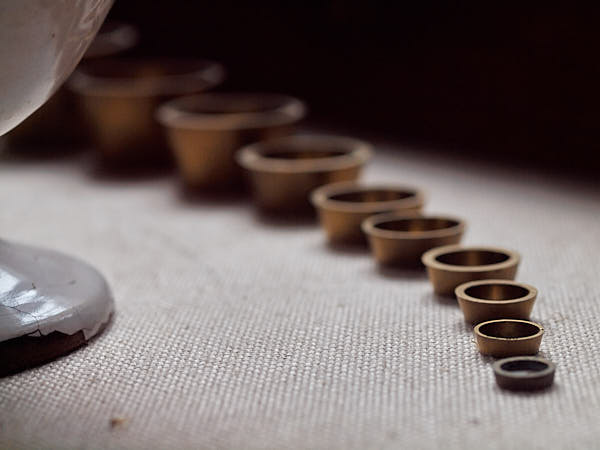What is Four Thirds?
Four Thirds is a camera / lens standard that existed from 2004 to 2013. It was primarily used by Olympus, but Panasonic and Sigma also participated. A total of 43 lenses and 17 cameras were released.
There is no real reason to use any of these cameras or lenses in the modern era, but curiosity and nostalgia reigns supreme, so I will try to fill fill in the gaps and look at it from the modern perspective, with a realistic, no BS attitude.
Olympus E-620 + 14-42mm
The Good
Four Thirds was from the ground up designed as a digtal system. At the time this contrasted greatly with what other manufacturers were doing, and that was making digtal products that were compatible with legacy film era lenses. They were also repackaging film era lenses, giving them modern coatings, but not changing their optical formulas, leading to sub-par results.
Because of this, 4/3 lenses were often much sharper wide open than their other format counterparts. This was especially the case for zoom lenses. In fact, before 4/3 came out, zoom lenses were basically synonymous with "not sharp" and "need to stop down for the best results". For 4/3, Olympus and Panasonic produced fantastic zooms that are sharp wide open (unfortunately, Sigma only re-packaged their APS-C lenses for 4/3). In fact, some of Olympus' best zooms are still in use by professionals today on their Micro Four Thirds cameras.
Olympus E-410 + 70-300mm
The Bad
4/3 cameras have a 2x crop factor which is more than the 1.5x and 1.6x crop factors used by APS-C, leading to generally worse sensor output.
Because of the crop factor, shallow depth of field is harder to attain, especially at wide/normal distances. Not a problem with telephotos. In fact, with telephoto/macro, its the other way around, too shallow depth of field is a problem, in which case 4/3 is a solution to that.
Prime lenses are few and hard to come by. If you like shooting prime lenses, this system simply isn't for you.
Olympus E-410 + 9-18mm
The Ugly
Why did Four Thirds fail as a camera system? After all, even Pentax is still here, and they had far lower market share than Olympus did back in the day.
For starters, Olympus was never able to source the latest and greatest sensor technology for their cameras. Their sensors were perpetually behind all competitors. For the first part of 4/3 existence, Olympus used CCD sensors, on the E-1 (5MP), E-300 (7.5MP), E-500 (8MP) and E-400 (10MP). After the switch to CMOS sensors, 4/3 cameras came out in 10MP and 12MP variants, but for all practical purposes, this was the same sensor - only the strength of AA filters and image processing changed between cameras. When Olympus came out with this sensor in 2007 it was already behind competition. When they kept on selling it in 2009, it was a laughing stock, and when they packaged their flagship E-5 camera with the same sensor, it was ridiculous. This was the '00s, sensor technology was moving fast, and professionals bought a new camera every other year.
But just how bad was the Four Thirds sensor? Here is a DxO Mark comparison that compares a 2003 Canon 10D vs 2010 Pentax K5 vs 2010 Olympus E-5. Yes, bad. Honestly, if Olympus was simply able to get a sensor on par with Pentax in 2008-2010, I'm not sure where we'd be today.
But does any of this stop you from taking great photos? Well, no. And yes. It still has a 17x13mm sensor, which is vastly larger than compact cameras and 10 times larger than the latest popular mobile phones. It produces beautiful images, just lacks digital range and high ISO capablities of modern cameras.
Olympus produced some of the best digital zoom lenses on the planet at this time, and their philosphy was that in the future, people will only want to use zooms because they are just more convenient. This was right before the shallow depth of field / bokeh craze hit the world, and boy, did Olympus' philosophy not go down well. When they came out with Micro Four Thirds, they did a full 180 on this and immediately came out with lots of prime lenses.
Olympus E-410 + 9-18mm
Why Bother?
Curiosity.
Nostalgia.
Challenging yourself.
These days cameras are just so good, they sometimes feel like they are too good. Too complicated. Too detached from you. Why drive a 90s sports car? Chances are, its slower than a latest Volkswagen Golf. Yes, but that's not what matters.
And given how cheap some of these cameras and lenses are, there's not much harm in giving it all a go.

Olympus E-620 + 50mm f/2
















